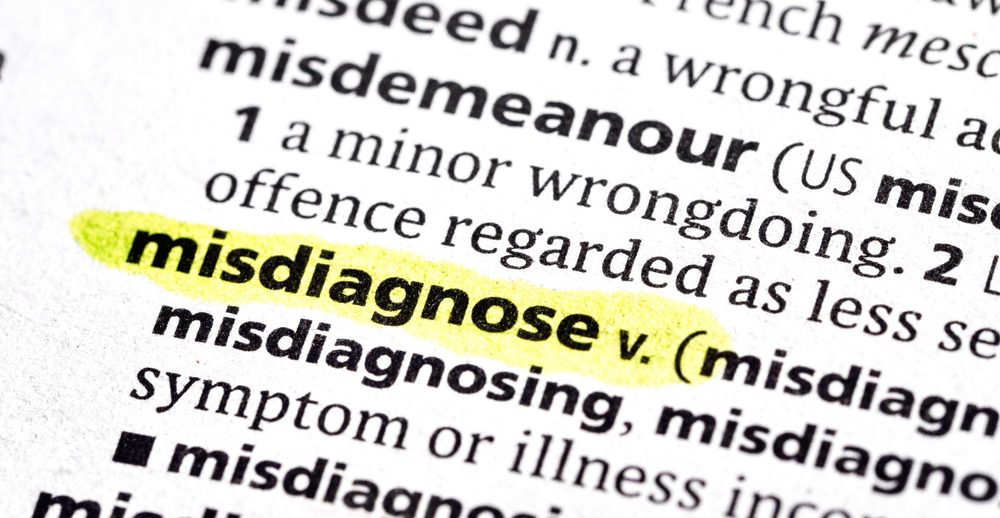
7. Lack of follow up
Patients frequently don’t visit the same physician throughout their treatment. This might happen because they are sent to other specialists or because they wind up switching doctors (perhaps because they change insurance or they don’t like their initial doctor).
In other instances, doctors may easily assign the responsibility of follow-up to their patients, instructing them to message them if something changes.
The bottom line is that it is often rare for doctors to go above and beyond to check in with patients, ask about changes in their health, and examine the chance that a diagnostic error was made during a prior visit.
As we stated earlier, one of the signs you got the wrong diagnosis is the doctor’s lack of experience. That’s why you must choose the best one for you and your needs. If you’re unsure about how to proceed, we suggest reading the detailed guide titled “The Best Medicine: How to Choose the Top Doctors, the Top Hospitals, and the Top Treatments” by Bob Arnot. It’s available on Amazon at a reasonable price of $1.81 for the hardcover version.
If all these signs you got the wrong diagnosis match your situation, and after you get a second opinion, document everything from tests to the prescribed treatment, and even take the pills they recommended, but your health doesn’t seem to improve, it’s time to discuss with a medical malpractice lawyer.
How to get compensation after you are misdiagnosed
You might be eligible to make a medical malpractice negligence claim if you were given the wrong diagnosis and were harmed as a result. For that, you must show the following to prove your claim and obtain compensation:
- Your doctor owed you as part of their job. This obligation often arises when you have a doctor’s appointment and they treat you.
- Your doctor didn’t behave as competently as a person with equivalent training would have. Your doctor owes you a responsibility to diagnose you accurately if a reasonably competent doctor with equivalent training could have done so without making a mistake.
- Some sort of harm was directly caused by the breach. For instance, your inaccurate diagnosis could have made your illness worse, increased your symptoms, or necessitated additional therapy. The damages you sustained may be made up for.
- To be “made whole” after being harmed by your doctor’s inadequate treatment, you will need to demonstrate these components of your case with the assistance of a medical malpractice attorney.
Has this ever happened to you? If not, then you are lucky but in case you did read carefully all these signs you got the wrong diagnosis and seek help as soon as possible.






